Aphids
#aphids #rose #struggle #predators #plant #garden #gardener #blacksoap #spring #ladybirds
Aphids are very present in the spring. These little critters are not a problem… If there are 2 or 3 of them. Unfortunately for gardeners, when you see the first one, hundreds of others arrive. And it is these colonies of aphids that harm our most sensitive plants!
Aphids
They are small insects of the order Hemiptera that feed on the sap of plants. That’s where the bone is, alas! They are also known as “plant lice” due to their small size and lice-like appearance. Aphids feed by inserting their mouthparts into leaves. What is a rostrum? Imagine a pointed nose that serves as a mouth and allows the sap to be pumped out… But aphids don’t just bite leaves, they can also be found on stems and flowers or even roots. This can lead to weakening of plants and reduction in their growth and yield. The smaller or more fragile the plant, the more it is in danger. Aphids reproduce quickly, which can lead to a large infestation if measures are not taken to control them. They can be of different colors, ranging from green to brown, red and even black. There are different species of aphids that attack different plants and crops. Clearly, you have a choice… And we have every chance of seeing them in the garden!
Many aphids
There are over 5000 species of aphids worldwide. These insects are found in a wide variety of environments. It can go from the polar regions to the tropics. Aphids can attack a wide variety of plants. They like vegetables and fruits. They are also found on trees and shrubs. Some species are satisfied with only one plant, while others can attack a wide variety of plants. In agriculture it is not better… They are considered important pests because of their ability to reproduce quickly and transmit viruses and diseases to plants. Scientists continue to study and discover new species of aphids around the world.Suffice to say that we are not at the end of our troubles 😂. But hey, the aphid is part of the great chain of life and it is up to us to adapt to its presence
The biggest aphids
Giant aphids (Stomaphis quercus) are considered the largest aphids in the world. So be careful, don’t expect a 100 kilo monster… They are about 5 mm long and have a flattened and elongated shape. Giant aphids are mainly found on oak and chestnut trees in temperate forests in Europe and Asia. The females of this aphid species give birth to live larvae rather than eggs, which allows them to reproduce even more quickly… They gather in large groups on the branches and leaves of their host plants. Although giant aphids are considered the largest in the world, they generally do not cause significant damage to the trees they infest, except in cases of heavy infestations.Clearly, big or small, it’s the same principle. If there are only a few, the plant is not in danger. Don’t worry if you see small groups here or there!
The rose aphid?
There are several species that can feed on roses, but the most common species on roses is the green aphid (Macrosiphum rosae).They measure about 2 to 4 mm in length. They feed on the sap of young shoots, causing the plant to weaken and the formation of curled and deformed leaves. Like the others, they reproduce quickly and can infest roses throughout the growing season. There is also the black rose aphid (Aphis forbesi) and the ash aphid (Macrosiphum rosirum).Increasingly, rose beds are no longer planted solely with roses. By integrating lavender, for example, into the flower bed, we cause olfactory confusion. With the scent of lavender and other aromatic plants, the aphids do not find their “landmark”. This makes it possible to limit the presence of these critters a little
The natural struggle
There are several natural predators of rose aphids, which are insects. These feed on the parasite and can help control them. The best known is the ladybugs. Both larvae and adults feed on aphids and can consume large quantities. More than 100 per day. Larvae are available commercially or on the Internet.Syrphid fly larvae are particularly good at eating the beast. Syrphid flies are very present in gardens. They look like harmless little wasps.Lacewings and especially their larvae also eat cattle! The adult is very elongated with white wings.Some species of parasitoid wasps lay their eggs inside aphids. The larvae then feed from the inside… Not very glamorous all that 🤪.For these predators to be present in the garden, it is good to leave a corner of meadow in the back of the plot!But, whatever happens, aphids, it’s like ants, impossible to eliminate them completely, so it’s up to us to help for a good balance!

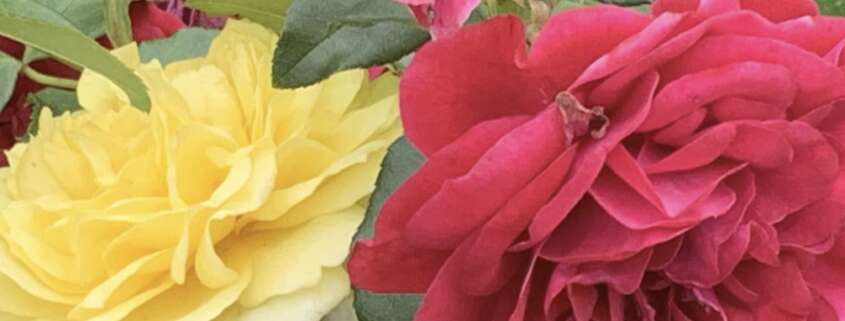


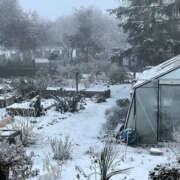

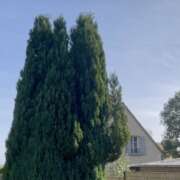
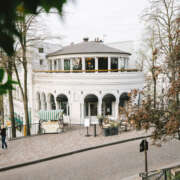 crédit photo Joaquim Tournebize/zepros
crédit photo Joaquim Tournebize/zepros 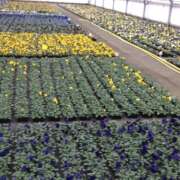
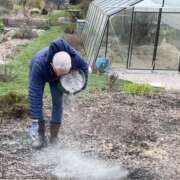


Leave a Reply
Want to join the discussion?Feel free to contribute!